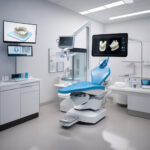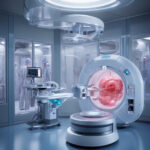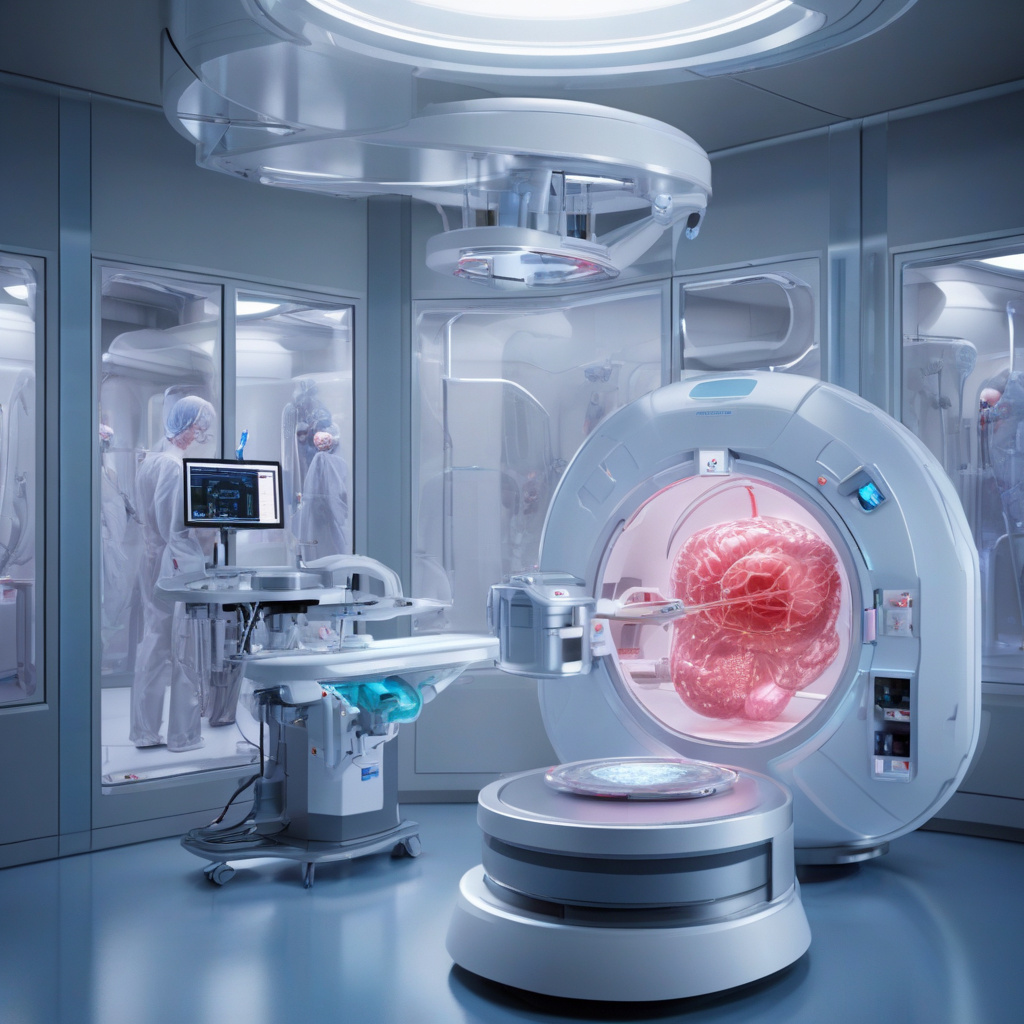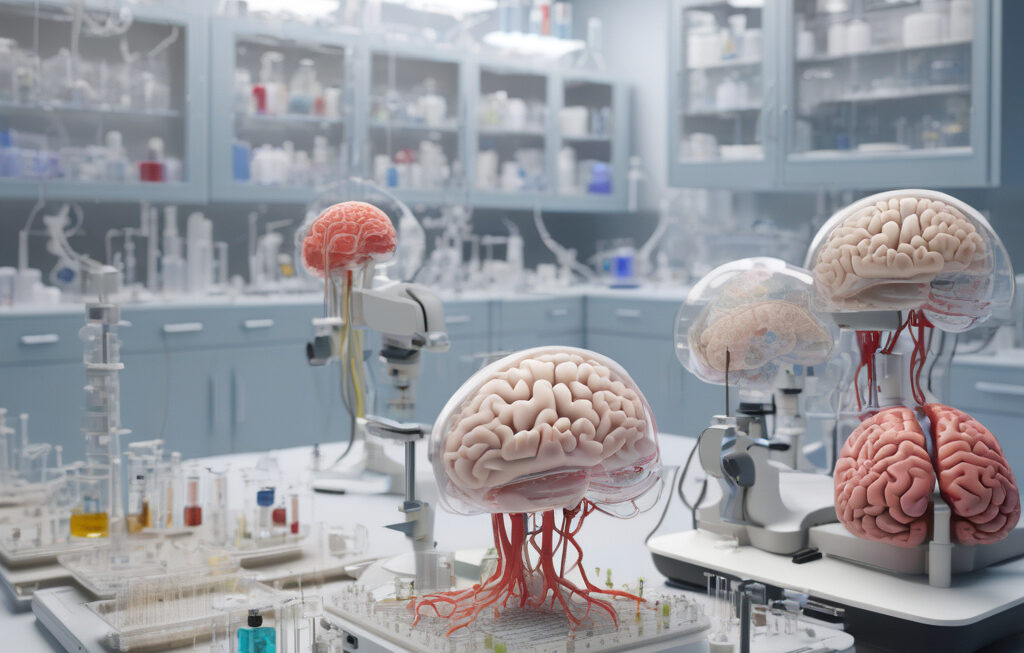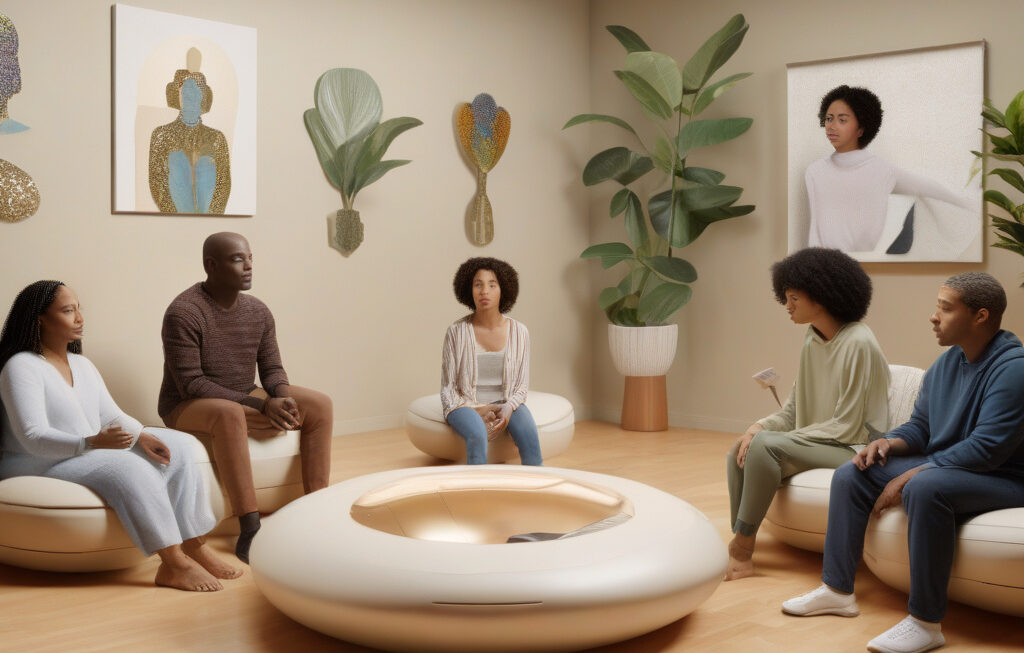Laser-Guided Bioprinter Capsule: Revolutionizing Tissue Repair Inside the Human Body
Treating injuries inside the gastrointestinal tract remains one of medicine’s toughest challenges. Ulcers, bleeding, and other forms of tissue damage in hard-to-reach areas have often posed significant hurdles for healthcare professionals. However, a groundbreaking innovation in the field of biotechnology is set to change the game – the laser-guided bioprinter capsule.
Developed by a team of researchers at a leading university, this cutting-edge technology represents a significant leap forward in the realm of tissue repair. The capsule, equipped with miniature bioprinting mechanisms and a laser guidance system, can navigate through the intricate pathways of the human body to reach damaged tissues deep within.
How does this innovative device work, and what sets it apart from traditional treatment methods? The laser-guided bioprinter capsule operates on a simple yet ingenious principle – precision. Once swallowed, the capsule travels through the digestive system until it reaches the target site. The laser guidance system ensures pinpoint accuracy, allowing the bioprinter to deliver specialized bio-ink directly onto the damaged tissue.
But what exactly is this bio-ink, and how does it facilitate the healing process? The bio-ink used in the laser-guided bioprinter capsule is a bioengineered solution containing a precise combination of growth factors, stem cells, and other therapeutic agents. When deposited onto the injured tissue, this bio-ink initiates a cascade of regenerative processes, stimulating cell growth, tissue repair, and ultimately, healing.
The implications of this technology are nothing short of revolutionary. Conditions that were once considered untreatable or required invasive procedures can now be addressed non-invasively and with remarkable precision. From ulcers and bleeding to inflammatory lesions, the laser-guided bioprinter capsule offers a promising solution for a wide range of gastrointestinal disorders.
Moreover, the potential applications of this technology extend far beyond the realm of gastroenterology. Imagine a future where injuries to vital organs, such as the liver, pancreas, or even the brain, could be repaired using a minimally invasive, targeted approach. The laser-guided bioprinter capsule opens up a world of possibilities for regenerative medicine and tissue engineering.
In addition to its clinical implications, the laser-guided bioprinter capsule also underscores the power of interdisciplinary collaboration. The development of this technology required expertise from diverse fields, including biotechnology, materials science, robotics, and medicine. By bringing together specialists from these different disciplines, researchers were able to overcome technical challenges and push the boundaries of what is possible in healthcare.
As we look to the future, it is clear that innovations like the laser-guided bioprinter capsule will continue to drive progress in the field of medical technology. By harnessing the power of precision engineering, regenerative medicine, and advanced imaging techniques, researchers are paving the way for a new era of personalized healthcare.
In conclusion, the laser-guided bioprinter capsule represents a significant breakthrough in the field of tissue repair and regenerative medicine. With its ability to navigate deep inside the human body and precisely target damaged tissues, this technology has the potential to transform the way we approach a wide range of medical conditions. As we witness the continued evolution of biotechnology, one thing is certain – the future of healthcare looks brighter than ever.
#bioprinter, #tissuerepair, #regenerativemedicine, #medicaltechnology, #precisionengineering


